Home>Storage Ideas>Kitchen Storage>Should Your Kitchen Faucets’ Material Match Your Other Hardware?
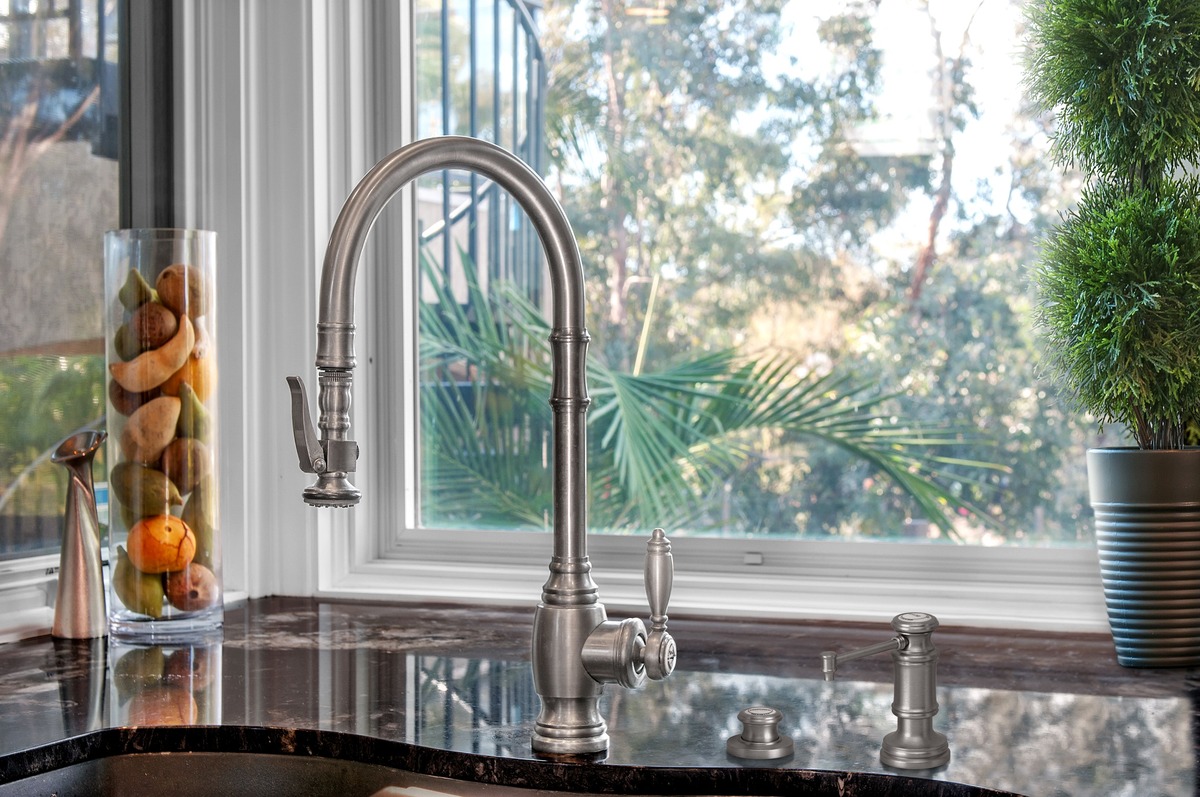

Kitchen Storage
Should Your Kitchen Faucets’ Material Match Your Other Hardware?
Modified: September 2, 2024
Discover the importance of matching kitchen faucet materials with your other hardware and explore creative kitchen storage ideas to enhance your space.
(Many of the links in this article redirect to a specific reviewed product. Your purchase of these products through affiliate links helps to generate commission for Storables.com, at no extra cost. Learn more)
Introduction
Choosing the right kitchen faucet is not just about functionality and style; it’s also about creating a cohesive look in your kitchen. One aspect to consider when making this decision is whether the material of your kitchen faucet should match the other hardware in your kitchen, such as cabinet handles and drawer pulls. While there is no hard and fast rule on this, there are a few factors to consider when deciding whether your kitchen faucets’ material should match your other hardware. In this article, we will explore these considerations, discuss the pros and cons of matching materials, and offer ideas for achieving visual cohesion in your kitchen.
Key Takeaways:
- Create visual cohesion in your kitchen by matching materials for a unified, polished look, or mix contrasting materials for a daring, unique design that reflects your personal style and taste.
- Consider factors such as kitchen style, visual impact, personal preference, practicality, and longevity when deciding whether to match or contrast materials for your kitchen faucets and hardware.
Considerations when choosing kitchen faucets
When selecting a kitchen faucet, there are several factors to keep in mind. Here are some key considerations:
- Style: The first thing to consider is the overall style of your kitchen. Whether you have a traditional, modern, or eclectic aesthetic, you’ll want to choose a faucet that complements the existing design elements in your space.
- Functionality: Think about how you use your kitchen faucet and what features are important to you. Do you need a pull-down sprayer or a touchless option? Consider your specific needs and select a faucet that offers the desired functionality.
- Budget: Determine your budget for a new faucet. There are a wide range of options available at various price points, so it’s important to know how much you’re willing to spend.
- Durability: Look for faucets made from high-quality materials that are built to last. Stainless steel, brass, and chrome are popular choices known for their durability.
- Installation: Check if the faucet requires a single-hole, three-hole, or four-hole installation. Make sure it is compatible with your sink and plumbing configuration.
Considering these factors will help you narrow down your options and find the perfect kitchen faucet for your needs. Once you’ve selected your ideal faucet, it’s time to decide whether the material should match your other kitchen hardware.
Pros and cons of matching materials
Matching the materials of your kitchen faucet with your other kitchen hardware can have both advantages and disadvantages. Let’s explore the pros and cons of opting for a cohesive look:
Pros:
- Visual Cohesion: Matching the materials creates a unified and harmonious look in your kitchen. It gives a polished and put-together appearance, making your kitchen feel cohesive and well-designed.
- Consistency: When the materials of your faucet and other hardware match, it creates a sense of consistency throughout the space. This can be particularly important if you have an open floor plan, where the kitchen is visible from other areas of your home.
- Simplicity: Choosing matching materials makes the decision-making process easier. You won’t have to spend time deliberating on different finishes and colors; instead, you can simply select the same material for all the hardware elements.
Cons:
- Lack of Contrast: Matching materials may result in a lack of contrast in your kitchen. If you’re seeking a more dynamic and visually interesting look, contrasting materials can add depth and dimension to the space.
- Limiting Options: When you limit yourself to matching materials, you may have fewer options to choose from. Certain finishes or materials may not be available in all hardware elements, which can restrict your design choices.
- Difficult Maintenance: Keep in mind that some materials require more maintenance than others. If you opt for matching materials, ensure that they are easy to clean and maintain to avoid frustrations down the line.
Ultimately, the decision of whether to match the materials of your kitchen faucet with your other hardware depends on your personal preference and the overall aesthetic you want to achieve in your kitchen. However, if you’re looking for ways to create visual interest and contrast, there are some alternative approaches to consider.
Visual cohesion in the kitchen
Creating visual cohesion in your kitchen is crucial for a well-designed and aesthetically pleasing space. While matching the materials of your kitchen faucet and other hardware is a popular choice, there are other ways to achieve visual unity. Here are some tips to consider:
Color Palette:
Select a cohesive color palette for your kitchen hardware. You can choose complementary colors or shades within the same color family to create a harmonious look. For example, if you have a stainless steel faucet, consider pairing it with brushed nickel cabinet handles for a cohesive yet visually interesting combination.
Finish Consistency:
While the materials may vary, maintaining consistency in the finishes of your kitchen hardware can help achieve visual cohesion. For example, if your faucet has a brushed nickel finish, opt for cabinet hardware with a similar brushed nickel finish.
Hardware Style:
Consider the overall style of your kitchen and choose hardware that complements it. For instance, if you have a farmhouse-style kitchen, you may opt for oil rubbed bronze hardware, including both the faucet and other elements like drawer pulls and knobs, to maintain a cohesive rustic look.
Contrasting Elements:
If you want to add a touch of visual interest, you can introduce contrasting elements while still maintaining cohesion. For example, if you have a stainless steel faucet, you can incorporate a different material, such as brass or black, for the cabinet handles. This creates a subtle contrast without sacrificing overall harmony.
Remember, visual cohesion doesn’t necessarily mean everything has to match perfectly. It’s about creating a space where all the elements work together harmoniously to achieve the desired aesthetic. Experiment with different combinations and see what suits your personal style and kitchen design best.
Mixing materials for a contrasting look
If you’re looking to add a bit of visual interest and create a more daring and unique kitchen design, mixing materials can be a great option. Here are some ideas for incorporating contrasting materials into your kitchen:
Two-Tone Faucets:
Consider choosing a two-tone faucet that combines different finishes or materials. For example, you could select a faucet with a stainless steel body and copper handles. This combination creates a striking contrast and becomes a focal point in your kitchen.
Hardware as Accents:
Instead of matching all the hardware, use different materials as accent pieces. For instance, you can have a brass faucet while the rest of your hardware, such as cabinet handles and drawer pulls, are in a complementary material like chrome or nickel. This approach allows you to add pops of contrasting materials while maintaining cohesiveness.
Contrasting Textures:
Mixing materials with contrasting textures can create a visually interesting look. For example, pair a sleek stainless steel faucet with rough-textured hardware made from reclaimed wood or wrought iron. The combination of smooth and rough surfaces adds dimension to your kitchen design.
Colorful Accents:
Another way to achieve visual contrast is by adding colorful accents to your kitchen hardware. Opt for vibrant or bold-colored handles or knobs that stand out against the rest of the materials. This creates a playful and eye-catching look.
When mixing materials, it’s important to strike a balance and ensure that it still feels intentional and cohesive. Keep in mind the overall style and theme of your kitchen, and consider the colors, finishes, and textures that will work together harmoniously.
Remember, the key is to create a contrast that adds visual interest without overpowering the space. With a bit of creativity and thoughtful choices, mixing materials can elevate the design of your kitchen and make it truly unique.
Factors to consider when deciding on matching or contrasting
When deciding whether to match the materials of your kitchen faucet and other hardware or opt for a contrasting look, there are several factors to consider. Here are some important considerations to help you make an informed decision:
Kitchen Style:
Take into account the overall style and theme of your kitchen. Matching materials tend to work well in kitchens with a more traditional or cohesive design, while contrasting materials can add a contemporary or eclectic touch. Consider whether matching or contrasting will align better with your kitchen’s aesthetic.
Visual Impact:
Think about the visual impact you want to achieve in your kitchen. Matching materials create a harmonious and coordinated look, while contrasting materials add visual interest and can serve as focal points. Consider how much contrast you want to introduce to the space and how it will affect the overall ambiance.
Personal Preference:
Your personal taste and preference play a significant role in the decision-making process. Consider your own style and what appeals to you. If you are drawn to consistency and a seamless look, matching materials may be the right choice for you. On the other hand, if you crave a more eclectic or daring design, contrasting materials can provide the desired visual impact.
Practicality:
Consider the practical implications of your decision. Matching materials can create a sense of unity and make the selection process easier. However, it may limit your options and creativity. Contrasting materials, while visually appealing, require careful consideration to ensure they still work together cohesively. Think about the maintenance and care required for the different materials and finishes you choose.
Longevity:
Think about the longevity of your desired design. Matching materials may offer a timeless and classic look that will stand the test of time. Contrasting materials, especially if they are trendy or bold, may have a shorter lifespan in terms of design appeal. Consider whether you’re willing to embrace a more ephemeral design or if you prefer a lasting aesthetic.
By considering these factors, you can make an informed decision on whether to match the materials of your kitchen faucet and other hardware or opt for a contrasting look. Remember, there is no right or wrong choice – it ultimately comes down to your personal style, preferences, and the overall look and feel you want to achieve in your kitchen.
Popular materials for kitchen faucets and hardware
When it comes to choosing materials for your kitchen faucets and hardware, there are several popular options to consider. Here are some of the most common materials you’ll find in kitchen fixtures:
Stainless Steel:
Stainless steel is a highly popular material for kitchen faucets and hardware due to its durability, resistance to corrosion, and sleek appearance. It works well in both modern and traditional kitchens and is relatively easy to maintain.
Brass:
Brass offers a classic and timeless look, adding warmth and elegance to your kitchen. It comes in a variety of finishes, such as polished brass, brushed brass, and antique brass, allowing you to choose the one that best suits your style and preference.
Chrome:
Chrome is known for its shiny and reflective surface, which gives a modern and polished look to your kitchen fixtures. It is easy to clean and maintain, making it a popular choice for homeowners looking for a low-maintenance option.
Brushed Nickel:
Brushed nickel has a more subdued and matte finish compared to chrome. It adds a touch of sophistication and works well in kitchens with a contemporary or transitional design style. The brushed surface also helps to hide water spots and fingerprints.
Mixed Metals:
Another trend in kitchen design is the use of mixed metals. This involves combining different materials and finishes for a unique and personalized look. For example, you might pair a stainless steel faucet with brass or black hardware for a striking contrast.
Copper:
Copper is a bold and unique choice for kitchen fixtures. With its warm and rustic appearance, it adds a touch of character and charm to the space. Copper develops a natural patina over time, which further enhances its beauty.
When selecting the materials for your kitchen faucets and hardware, take into account the style of your kitchen, the desired aesthetic, and the level of maintenance you’re comfortable with. Consider how the materials will complement other design elements in your kitchen and create a cohesive and visually appealing look.
Maintenance and care for different materials
Proper maintenance and care are essential to ensure the longevity and beauty of your kitchen faucets and hardware. Here are some maintenance tips for different materials commonly used in kitchen fixtures:
Stainless Steel:
Stainless steel is known for its durability and resistance to corrosion, making it a popular choice for kitchen faucets and hardware. To keep stainless steel fixtures looking their best, regularly clean them with mild soap and water, and dry with a soft cloth. Avoid harsh chemicals or abrasive cleaners that can scratch the surface. Periodically applying stainless steel cleaner can help remove any stubborn stains and restore shine.
Brass:
Brass fixtures add a touch of elegance to any kitchen, but they require a bit more care to maintain their appearance. To clean brass, use a mixture of lemon juice and salt or a brass cleaner specifically made for this purpose. Gently rub the mixture onto the brass and then rinse with warm water. Avoid using excessive force or abrasive materials that could damage the surface of the brass.
Chrome:
Chrome finishes are known for their shine and resistance to tarnishing. Clean chrome fixtures regularly with mild soap and water, and dry with a soft cloth to prevent water spots. Avoid abrasive cleaners or scrubbing brushes that can scratch the surface. If you notice any lime or mineral deposits, you can use a mixture of white vinegar and water to gently clean the chrome. Rinse thoroughly and dry to maintain its brightness.
Brushed Nickel:
Brushed nickel has a textured surface that can hide water spots and fingerprints. To clean brushed nickel fixtures, use a soft cloth or sponge soaked in mild soap and water. Avoid abrasive cleaners or scouring pads that can scratch the finish. Dry the fixtures thoroughly after cleaning to prevent water spots or mineral deposits from forming.
Copper:
Copper fixtures develop a natural patina over time, which adds to their charm. To maintain the copper’s shine, clean it with a mixture of lemon juice and salt or a copper cleaner. Gently rub the mixture onto the copper and rinse it thoroughly with warm water. Avoid using harsh chemicals or abrasive materials that can damage the surface or remove the patina. Regularly polish the copper to keep it looking its best.
Remember to always follow the manufacturer’s instructions for care and maintenance specific to your kitchen fixtures. By properly maintaining and cleaning your kitchen faucets and hardware, you can ensure their beauty and functionality for years to come.
Conclusion
When deciding whether your kitchen faucets’ material should match your other hardware, there are several factors to consider. While matching materials can create a cohesive and visually pleasing look, mixing materials can add a contrasting and unique touch to your kitchen design. Ultimately, the decision comes down to personal preference, the style of your kitchen, and the visual impact you want to achieve.
Consider the style, functionality, and durability when choosing kitchen faucets and hardware. Pay attention to factors such as budget, maintenance requirements, and installation compatibility. Whether you choose to match the materials or mix them for a contrasting look, it’s important to create visual cohesion in your kitchen that reflects your personal style and taste.
Popular materials for kitchen faucets and hardware include stainless steel, brass, chrome, brushed nickel, and copper. Each material has its own unique properties and maintenance requirements. It’s essential to follow proper cleaning and care instructions to keep your fixtures looking their best and to ensure their longevity.
No matter which direction you choose, the goal is to create a kitchen that is functional, aesthetically pleasing, and reflective of your personal style. By considering the various factors and exploring different options, you can create a kitchen space that you love and enjoy for years to come.
Remember, your kitchen is not just a functional space, but also a reflection of your personality and style. By carefully considering your options and making informed decisions, you can create a kitchen that is both visually appealing and functional.
So, whether you decide to match the materials of your kitchen faucets and hardware or opt for a contrasting look, embrace your creativity and create a kitchen that truly reflects your personal taste and style.
Frequently Asked Questions about Should Your Kitchen Faucets' Material Match Your Other Hardware?
Was this page helpful?
At Storables.com, we guarantee accurate and reliable information. Our content, validated by Expert Board Contributors, is crafted following stringent Editorial Policies. We're committed to providing you with well-researched, expert-backed insights for all your informational needs.
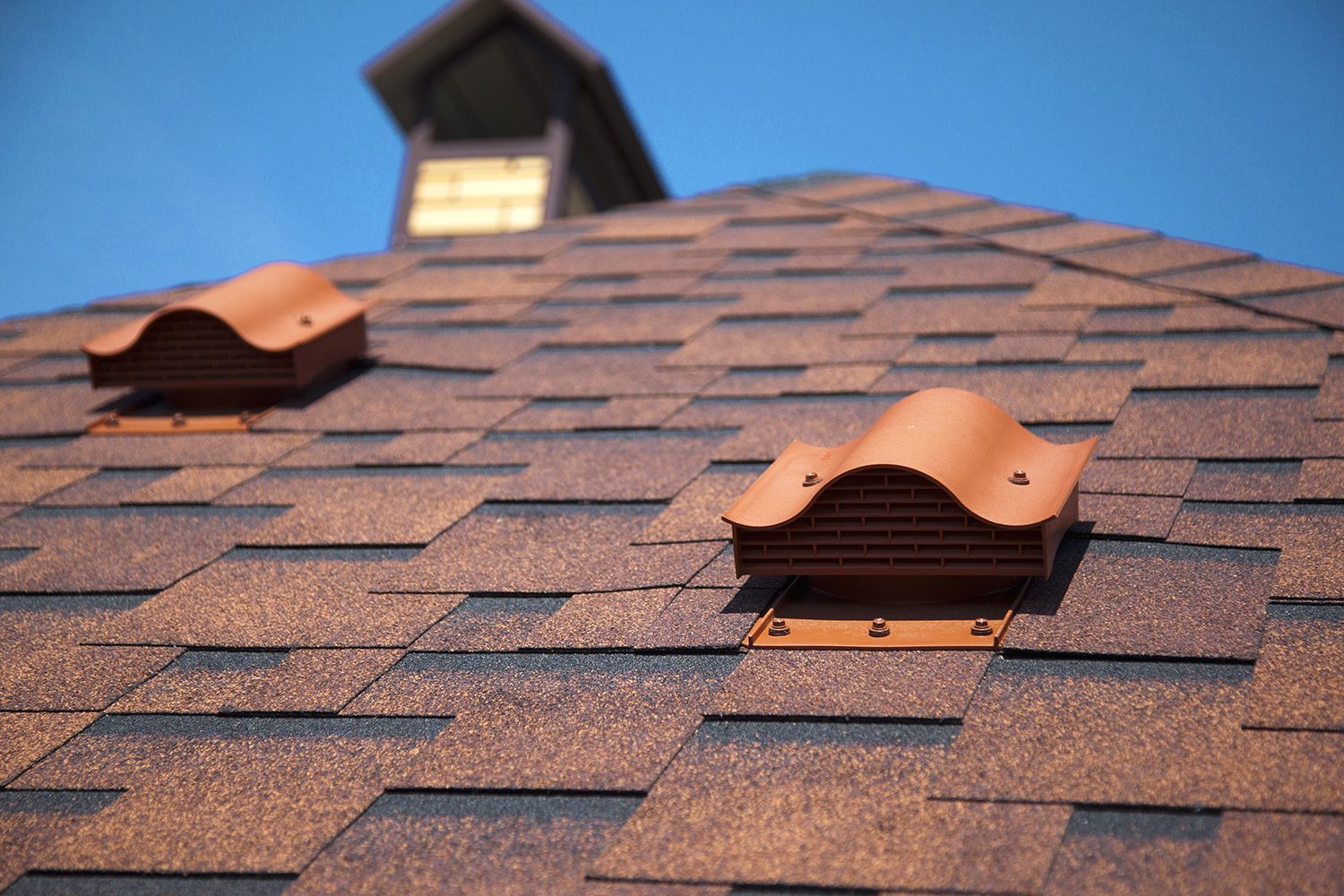
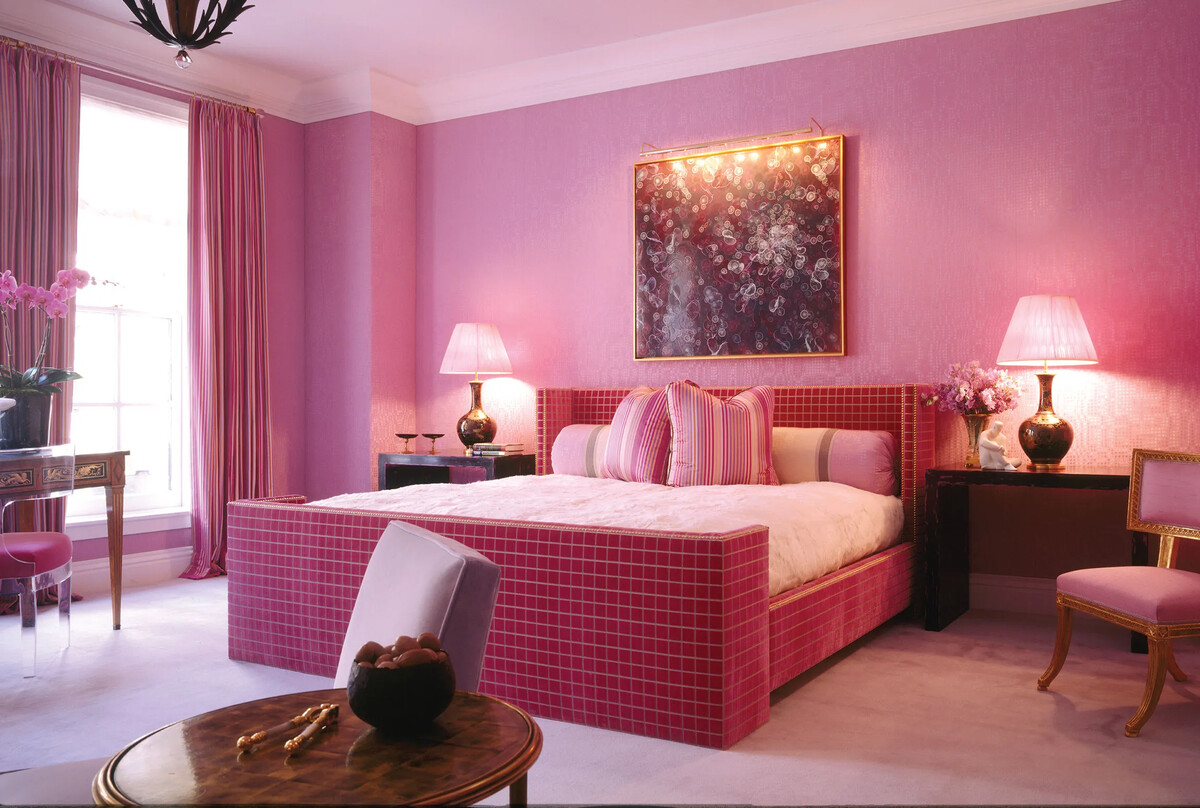
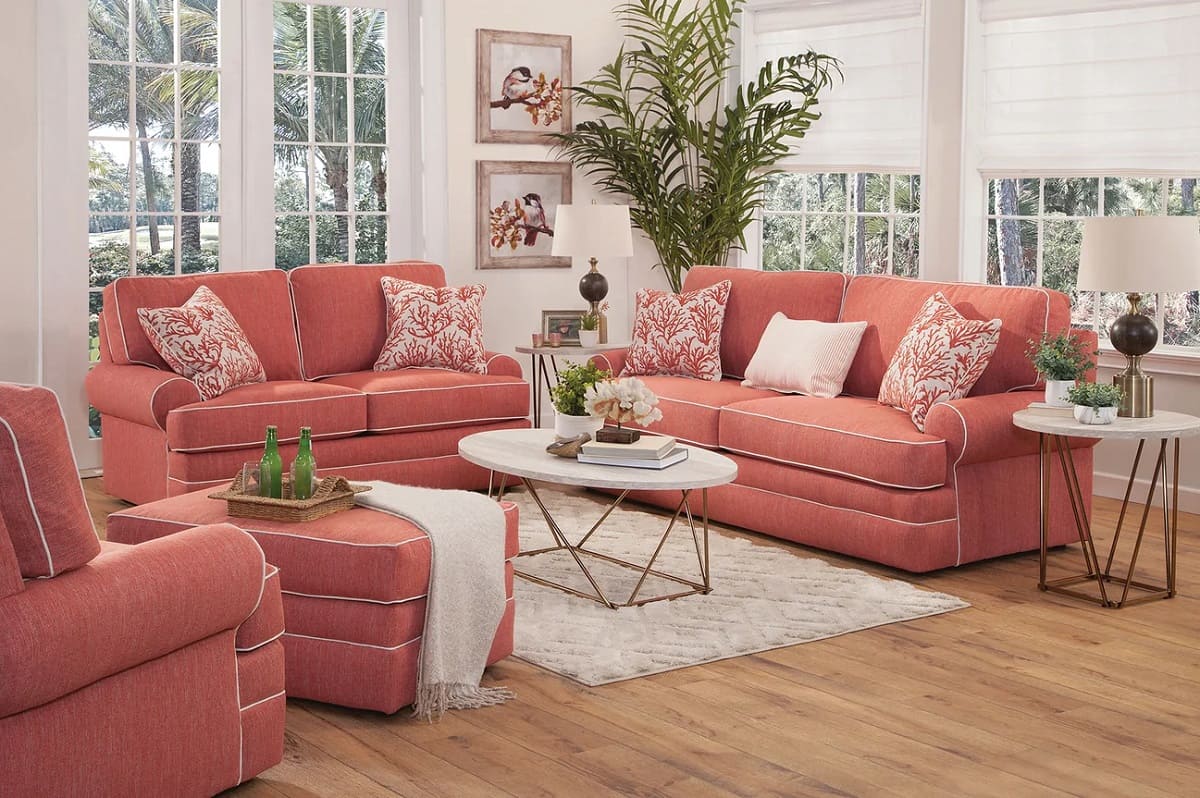

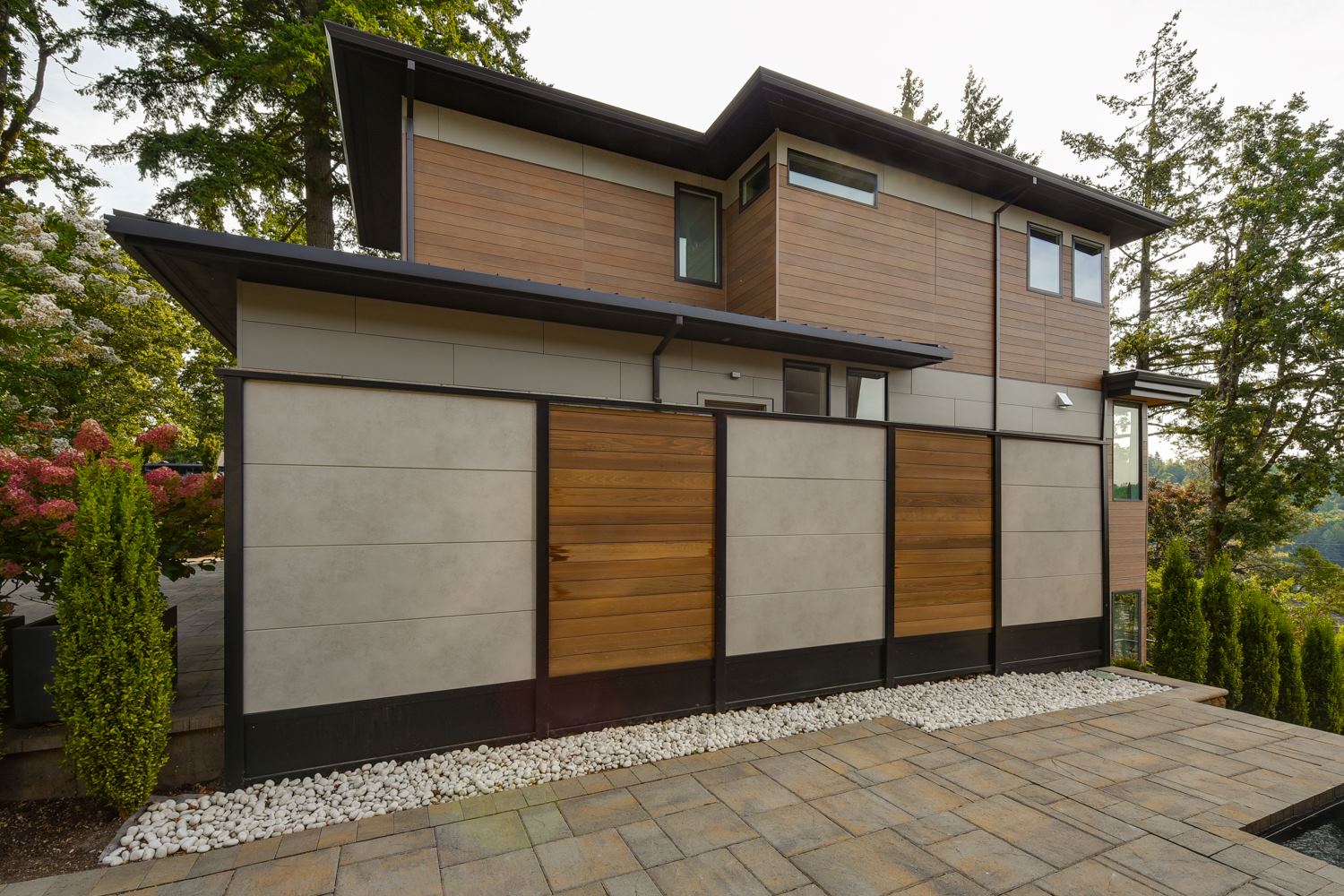
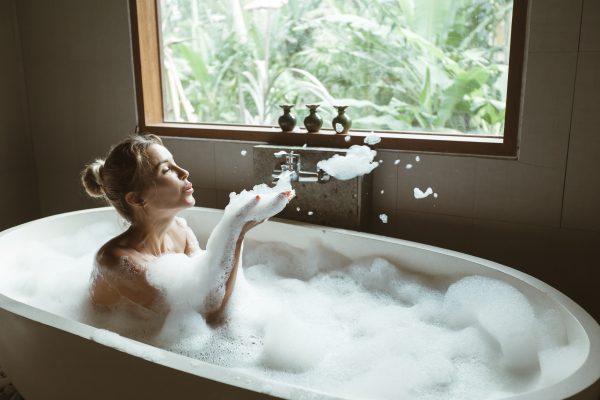
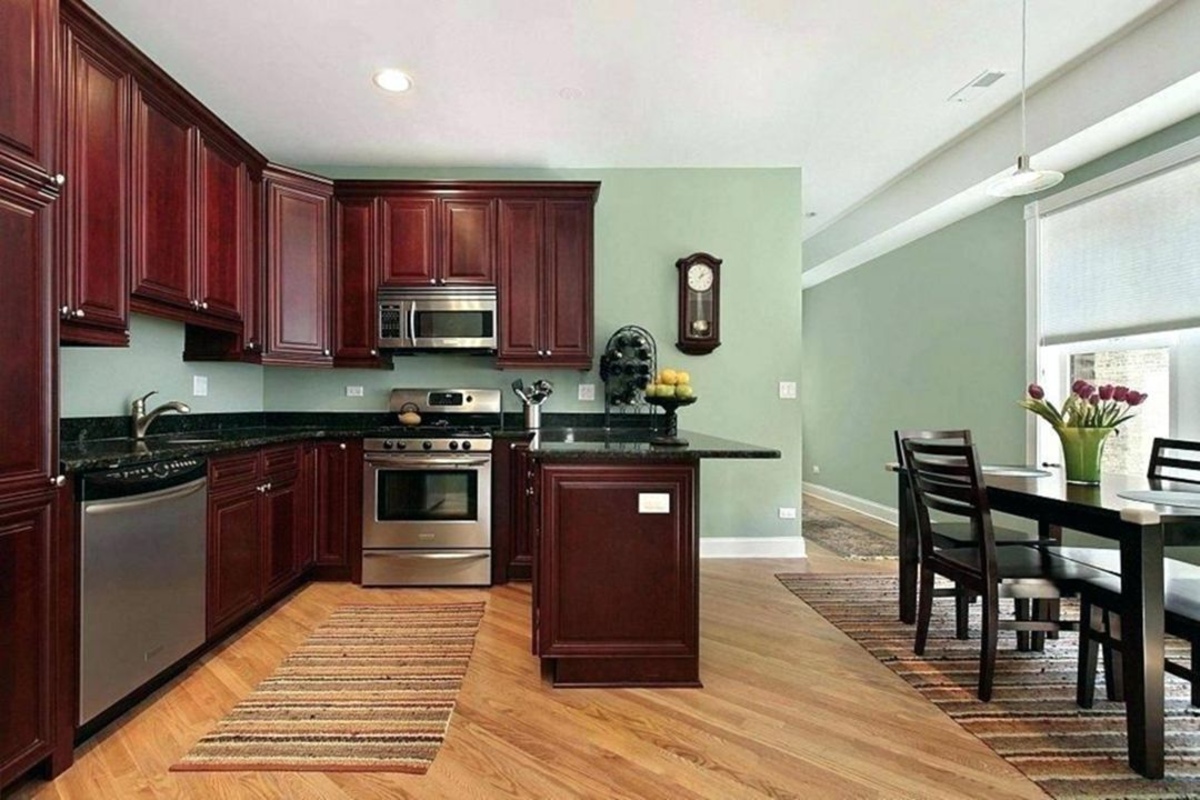

0 thoughts on “Should Your Kitchen Faucets’ Material Match Your Other Hardware?”